Plywood siding panels are integral components within the construction industry, valued for their durability and adaptability in diverse projects spanning residential and commercial applications. Delving into the nuanced aspects of these panels proves essential for informed decision-making aligned with project requisites. Considerations such as panel thickness, wood type, and grading are paramount when evaluating plywood siding options. Thickness variations cater to specific project demands, while wood types impact the panel's resilience to environmental factors such as decay and insect infestation. Plywood grading influences its overall quality and appearance, encompassing factors like knots and smoothness. Beyond functionality, 4x8 plywood siding contributes aesthetically to structures, with options for pre-finished surfaces and textured designs. Adhering to local building codes and heeding manufacturer guidelines for installation and maintenance further ensures the effective incorporation of plywood siding panels into construction projects, enhancing longevity and structural integrity.
Types of Plywood Siding Panel
Among the plywood siding panels category, one notable option is plytanium plywood siding. plytanium plywood ensures resistance against the elements, catering to the needs of both residential and commercial projects. Beyond its reputation for durability, potential people may appreciate insights into its composition, often involving layers of wood veneers bonded together with adhesives under heat and pressure. This manufacturing process significantly influences the panel's structural integrity and overall performance. plytanium siding also offers varying thickness options, allowing people to select the most suitable variant based on project requirements. Its moisture resistance, ability to withstand diverse climate conditions, and considerations for sustainability in sourcing and manufacturing further contribute to its appeal for those seeking a practical and enduring solution for construction needs.
A notable variation within the 4x9 plywood siding category is grooved plywood siding, recognized for its distinctive design featuring strategically placed grooves. Beyond its visual appeal, these grooves contribute significantly to the structural integrity of constructions, making them an appealing choice for those seeking a blend of functionality and unique design elements. When considering grooved plywood siding, people may find it useful to delve into the specifics of groove dimensions, such as depth, width, and spacing, as these factors influence the aesthetic impact and practical aspects like water drainage, ventilation, and resistance to warping. Additionally, the choice of wood and potential pre-treatments or finishes can affect the durability and maintenance requirements. Delving into the installation process is advisable, considering the nuanced handling techniques required for grooves, impacting both efficiency and final results.
Difference Between Wood Siding and Plywood Siding Panel
When considering exterior cladding options, it's essential to distinguish between traditional wood siding and modern plywood siding panels. 4x8 wood siding typically consists of individual solid wood planks, providing a classic and timeless structure aesthetic. The wood's natural grain patterns and textures contribute to a warm and inviting appearance, making it a popular choice for those seeking a traditional and rustic charm in their architectural designs.
In contrast, plywood siding panels represent a more contemporary approach to exterior cladding. These engineered sheets comprise multiple layers of wood veneers bonded together with adhesives. This construction method imparts increased strength and stability to the panels, making them less prone to warping or twisting than traditional wood siding. The uniformity of plywood siding panels also allows for smoother installations and ensures a consistent appearance across the entire surface, appealing to those who prioritize both modern design and structural reliability in their construction projects.

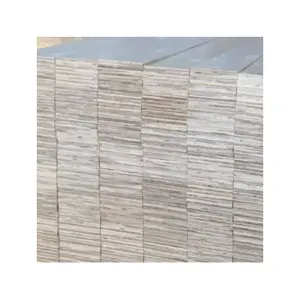

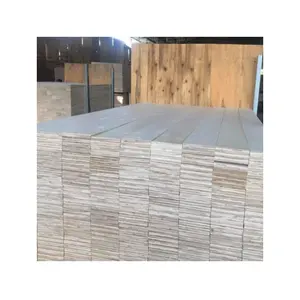

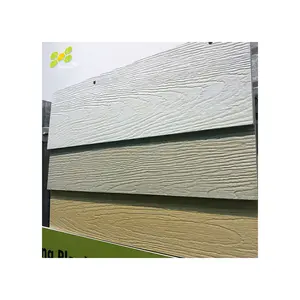

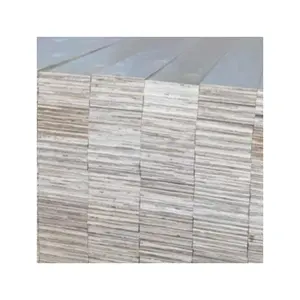

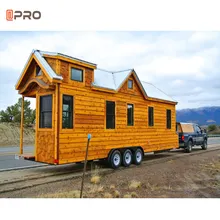

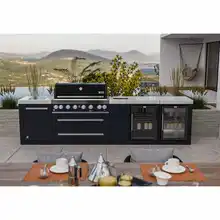
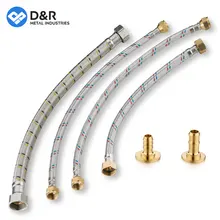



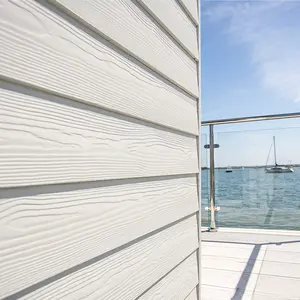


























 浙公网安备 33010002000092号
浙公网安备 33010002000092号 浙B2-20120091-4
浙B2-20120091-4